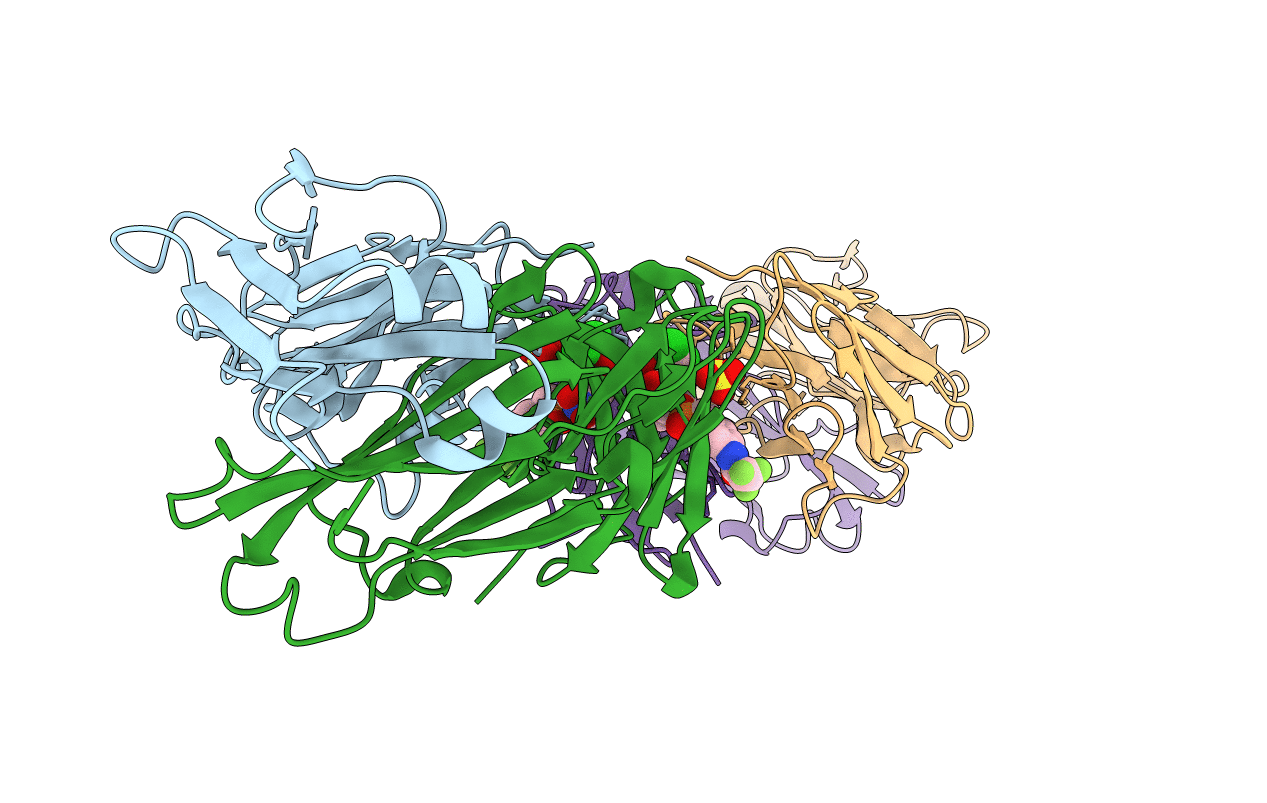
Deposition Date
1999-08-20
Release Date
1999-11-10
Last Version Date
2024-11-20
Method Details:
Experimental Method:
Resolution:
2.20 Å
R-Value Free:
0.27
R-Value Work:
0.21
Space Group:
P 1 21 1


